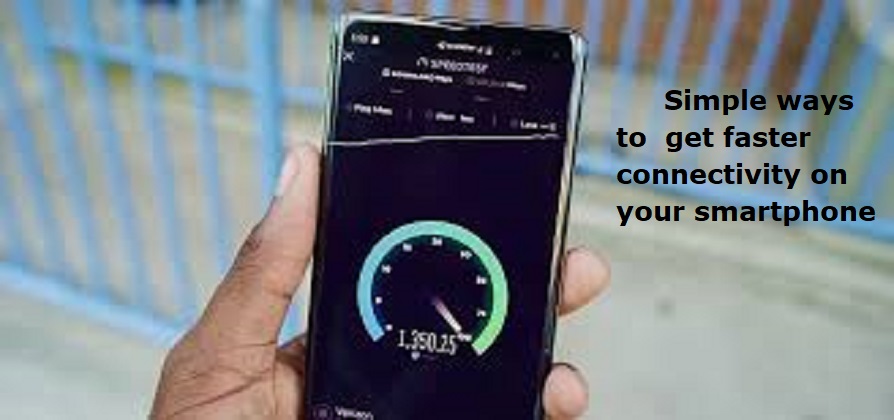
5G mobile networks offer speedier download speeds and lower latency. 5G mobile networks make tasks like downloading large files and playing online multiplayer games smoothly. Here are some easy fixes to help you access the fast 5G network on your smartphone.
Check 5G network compatibility
Not every 5G smartphone can handle every type of 5G network. In India, Airtel offers a 5G NSA (non-standalone) network, while Jio’s 5G technology is based on 5G SA (standalone) technology. While every 5G-capable smartphone supports 5G NSA, some previous-generation 5G devices do not support the 5G SA network. Ensure that both the phone and the network are compatible with each other.
If you are facing problems with 5G speeds and connectivity, here are a few things that you should try.
1. Restart
Restarting your device can serve as a quick fix for several issues. If you lose connectivity too often, switching Airplane Mode on and off should be more convenient. This action resets the network connection aspects and forces the phone to reconnect to the nearest 5G tower.
2. Disable Wi-Fi Calling
Wi-Fi calling allows you to make and receive phone calls over a Wi-Fi internet connection instead of a cellular network. This is particularly useful in situations where you have a weak cellular signal but a strong Wi-Fi connection, such as in some high-rise buildings or basements. However, your phone may often unnecessarily switch to a weak Wi-Fi network, leading to connectivity issues and call drops. Connectivity problems could also result from a slow or outdated Wi-Fi router.
On Android phones, the option to disable Wi-Fi calling is under network settings. Settings > Wi-Fi and internet > SIM and Network > SIM 1/2 > Wi-Fi calling
On iPhones, the option is listed under Mobile Services. Settings > Mobile Services > Wi-Fi Calling
3. Check your network settings
Opting for a strong 4G signal over a weak 5G connection can result in better connectivity. This discrepancy arises from factors like signal strength and network congestion.
4. Check for software updates
Also Read: Know how to find, ping, and factory reset a lost or stolen Android device
5G technology is evolving and OEMs regularly push fixes for connectivity issues while integrating the latest algorithms and protocols governing network connectivity. In the case of 5G speed issues, updates often include enhancements specifically designed to maximize the efficiency and stability of your device’s connection to 5G networks. Updating your phone isn’t just about gaining access to new features – it’s also about being up to date with the latest security and connectivity protocols.
5. Change your SIM card or network provider
A damaged SIM card can interfere with your phone’s ability to connect to the 5G network properly. Signs such as wear, scratches, particularly on the metal contacts, or bending indicate it may need replacement. Make sure to inspect your SIM card carefully if you’re experiencing connectivity issues.
Check your phone case
If you are using a rugged metallic case on your phone, it’s possible for a metal to interfere with 5G signals and result in poor speeds or reduced connectivity. Metal can potentially block or attenuate the radio frequency signals used for 5G communication. Switching to a non-metallic case or removing the case altogether could help improve 5G performance in such cases.
7. Get a new phone
If you have an old phone or if you imported your phone from another country, chances are it may not support the 5G band your service provider is currently using in your area. If facing 5G connectivity issues due to incompatible bands, upgrading to a new phone may be necessary.

Post Your Comments